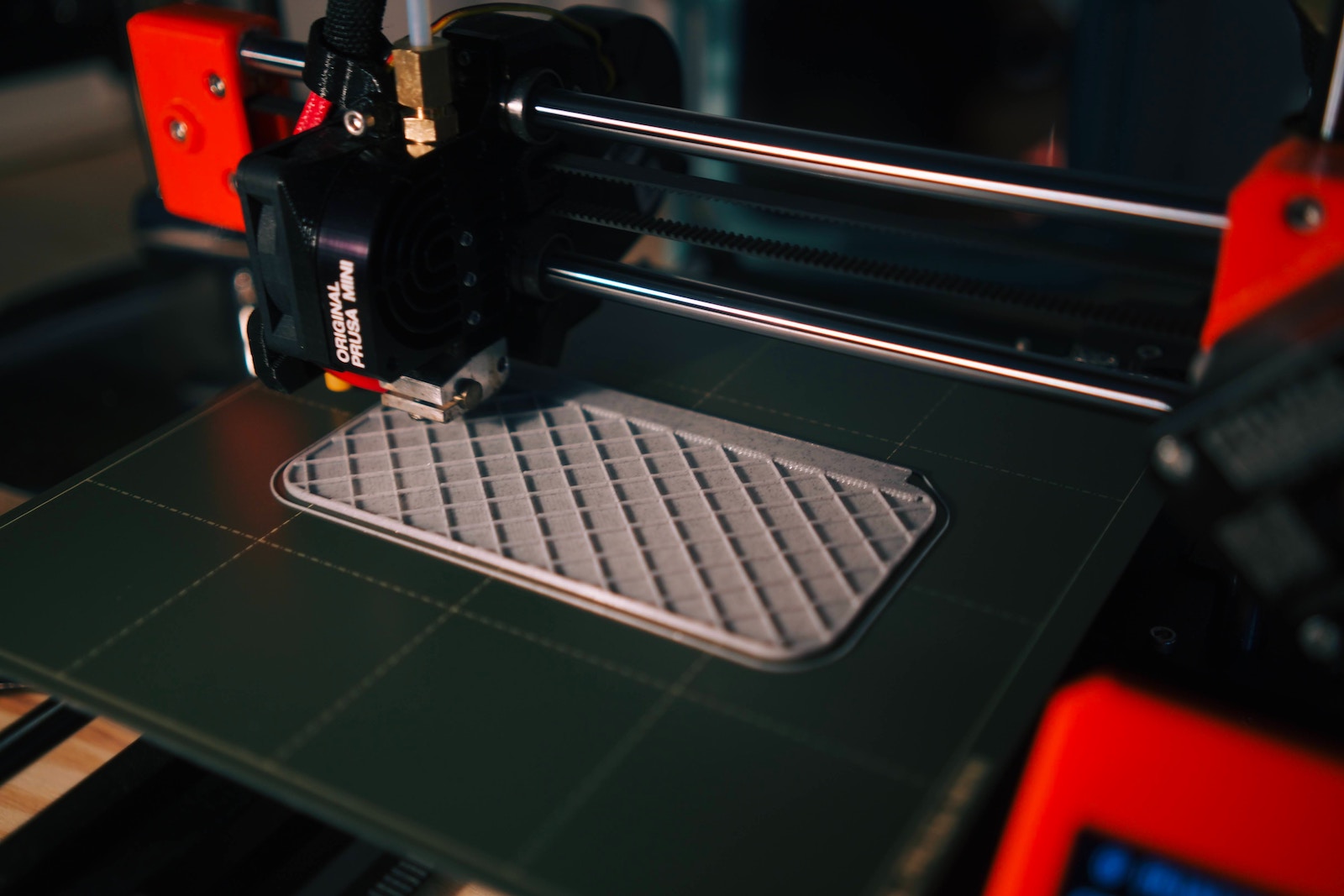Photo by Kalisha Ocheni
This post is part of a series on the future of food.
Earlier this year, engineers at Columbia University unveiled a 3D-printed cheesecake, a feat achieved after seven failed attempts and several design iterations. Marrying culinary artistry with cutting-edge technology, 3D-printed food is the latest innovation in food science, yet under the allure lies prohibitive costs, material constraints, and the lingering uncertainty about its true potential and impact on food systems. To understand the future of this technology, let's delve into its current applications and future implications.
How Is 3D-Printed Food Made?
At its core, a 3D printer is like a high-tech pastry chef, building food layer by layer using edible "inks.” This “controlled ingredient deposition” transforms anything squeezable – from peanut butter and Nutella to ground beef and sausage – into potential printing material. These layers are then meticulously stacked and sometimes even cooked with lasers, like Columbia University's cheesecake with a laser-broiled graham cracker crust. Companies like Barilla, Natural Machines, and Steakholder Foods are already harnessing this technology, developing 3D-printed pasta, pizza, and meat.

A close up of a 3D-printer. Photo by Kadir Celep
What Are the Benefits?
The allure of 3D-printed food lies in its potential to personalize processed food. It can cater to specific dietary needs, crafting allergen-free meals, adjusting textures to individual preferences, and even addressing medical conditions like swallowing difficulties. NASA, for example, has been exploring printed food since 2012. For astronauts who face the challenges of space travel, this technology could significantly improve the quality and variety of their dietary options.
Bigger than just individual plates, 3D-printed food could address some issues related to environmental sustainability and food security. The ability to print only what is needed can minimize food waste and preserve resources. Moreover, this technology can extend the shelf life of food and transform locally available, abundant ingredients like algae into exciting new dishes, contributing to a more resilient food system. It also opens doors to more meat-less options, potentially reducing animal cruelty and addressing overfishing concerns, parallel to efforts in lab-growing meat. Companies like Revo Foods are already pioneering this with their 3D-printed vegan salmon, offering a sustainable alternative to traditional seafood.

A person holding a net in front of water, fishing. Photo by Fredrik Öhlander
The Limitations of Printed Food
Despite its potential, 3D-printed food faces significant challenges. The high cost remains a major hurdle, with current at-home printers firmly in the realm of luxury gadgets. The cost-effectiveness of this technology for large-scale food production also remains questionable. Revo Foods' salmon, for example, currently carries a higher price tag than its real counterpart.
Furthermore, the range of printable ingredients is currently limited to those with specific textures and consistencies, like smooth purees and doughs, while the diverse and complex nature of food as a material poses challenges in achieving consistent and desirable results. Dr. Robert McGorrin, an Oregon State University professor, sums up the current state: "3D printing of foods at present is prohibitively expensive and not cost-effective for large-scale food manufacturing."
A Questionable Future
While 3D-printed food is an exciting development with creative possibilities, its true purpose and impact remain uncertain. It could offer unique culinary experiences or improve the lives of those facing limited dietary options, but its larger impact on sustainability, food security, and general nutrition likely lies in future advancements and system-wide solutions such as building circular economies.
